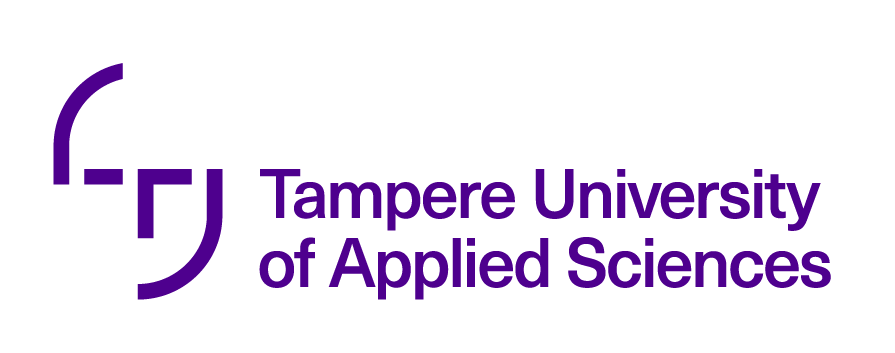Basics of 3D-printing (3 cr)
Code: 5K00DL17-3013
General information
Enrolment period
02.07.2023 - 31.08.2023
Timing
04.09.2023 - 15.12.2023
Credits
3 op
Virtual portion
1 op
RDI portion
1 op
Mode of delivery
67 % Contact teaching, 33 % Distance learning
Unit
Mechanical Engineering
Campus
TAMK Main Campus
Teaching languages
- Finnish
Degree programmes
- Degree Programme in Mechanical Engineering
Teachers
- Mikko Ukonaho
- Harri Laaksonen
Person in charge
Mikko Ukonaho
Groups
-
22I112B
Objectives (course unit)
Student understands the basics of 3D Printing (Additive Manufacturing) technologies (additive manufacturing) and what are the opportunities and limitations of the 3D printing technologies in the designing mechanical parts and products. Student knows the principals of 3D printing process i.e. from modeling a part to printing it. Student understands how 3D printing can improve the business of the companies. Student understands how 3D printing affects to globally storage (eg. spare parts), business models and manufacturing process.
Content (course unit)
Introduction to 3D printing technologies. The opportunities, challenges and limitations of the 3D printing technologies. Product development: DfAM(Design for Additive Manufacturing, 3D printing). 3D printing demos and exercises.
Prerequisites (course unit)
Recommended Prerequisites: Student has a principal skills to model a mechanical part by using the 3D modelling software (e.g. CAD program or a free modelling software).
Assessment criteria, satisfactory (1-2) (course unit)
The student identifies the basics, technologies, concepts and stages of industrial 3D printing (AM, a substance-increasing method). The student is able to plan and print if needed with help.
Assessment criteria, good (3-4) (course unit)
Students master the areas of industrial 3D printing and are able to apply their skills in designing new products. The student recognizes the potential of 3D printing in business development. The student is able to design, taking into account the possibilities of printing, 3D printing and printing a copy.
Assessment criteria, excellent (5) (course unit)
Students are well versed in industrial 3D printing and are able to apply their skills when designing new products. The student is able to find out and develop the significance, possibilities and limitations of 3D printing in the company in manufacturing and business.
Assessment scale
0-5
Teaching methods
Lectures
practical work
exam
exercises
